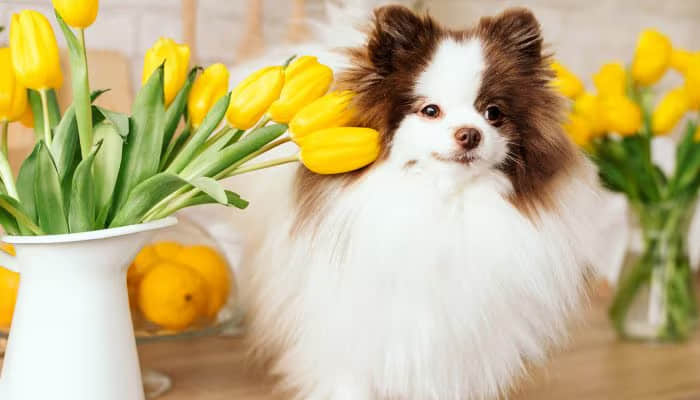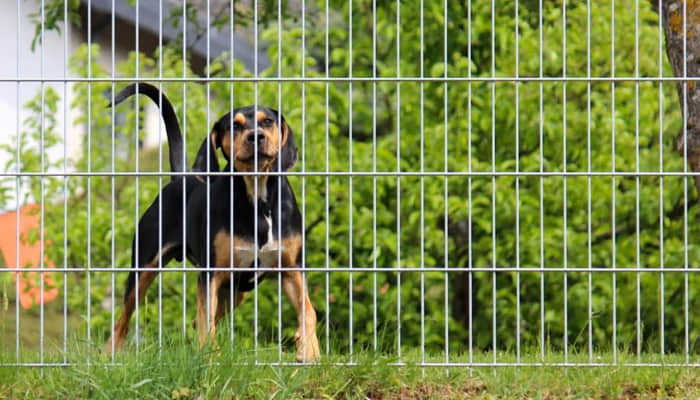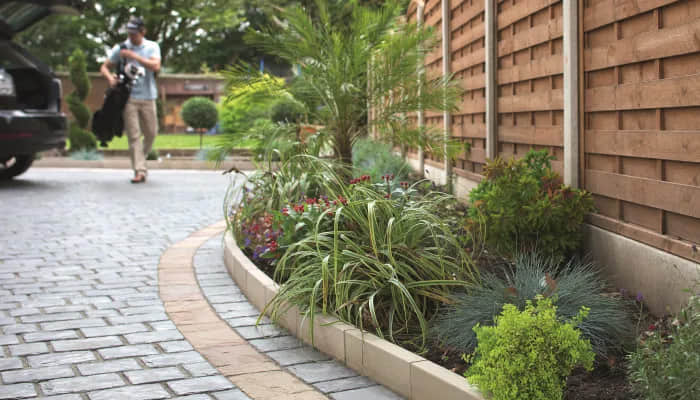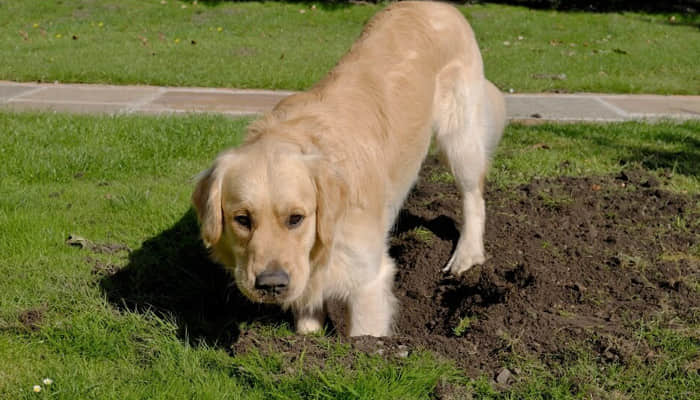As pet owners, we all want to create a space where our furry friends can roam free, explore, and enjoy the great outdoors. But let’s face it – gardens and pets don’t always mix well. Whether your dog’s digging up your freshly planted flowers or your curious cat is nibbling on toxic plants, balancing a beautiful garden with pet safety can be a challenge.
But don’t worry! With a little creativity and some thoughtful planning, you can create a pet-friendly garden that is as safe as it is stunning. Here are some tips to help you design a garden that both you and your pets can enjoy without compromising on beauty or safety.
1.Choose Pet-Friendly Plants

The first step in creating a garden for both you and your pets is to choose plants that are safe for them. Some plants can be harmful or even poisonous to pets if ingested, so it’s important to do your research before planting anything in your garden.
Pet-Friendly Plant Options:
- Lavender – Not only does lavender smell amazing, but it’s also non-toxic to cats and dogs. Plus, it attracts bees and butterflies, adding a touch of magic to your garden.
- Marigolds – These bright, cheerful flowers are safe for pets and can even help keep pests at bay!
- Sunflowers – Dogs and cats love to watch these towering beauties grow, and they’re perfectly safe for your pets to be around.
- Spider Plants – These easy-to-grow houseplants are pet-friendly and can also be grown outdoors in the right conditions.
Avoid planting anything that could be toxic, such as lilies, daffodils, azaleas, or oleander. Many popular garden plants, while beautiful, can be dangerous if consumed by pets.
2.Create a Secure Pet-Friendly Fencing System

If you have a dog that loves to dig or a cat that’s prone to wandering, securing your garden with proper fencing is essential. You don’t want your pets escaping or getting into areas where they could harm themselves or damage your hard work.
Tips for Pet-Proof Fencing:
- Use solid fences (as opposed to chain links) to prevent dogs from seeing out and getting distracted or digging under.
- For cats, consider a cat-proof fence with an overhang that prevents them from climbing out.
- If digging is an issue, bury the bottom of the fence a few inches into the ground to prevent pets from burrowing underneath.
You can also use raised garden beds or container gardens to keep plants out of reach of pets, especially if you have small animals like rabbits or guinea pigs that could nibble on your plants.
3.Designate a Pet Play Area

If your pet loves to run, play, or lounge in the garden, consider designating a specific area just for them. This way, they’ll have a space where they can have fun without trampling your precious flowerbeds or eating your herbs.
Ideas for a Pet-Friendly Play Area:
- Install artificial turf or grass in a section of the garden. It’s easy to maintain and provides a comfortable surface for your pet to enjoy.
- Create a shady spot with a dog-friendly hammock or a cozy pet bed under a tree, so your pets have a place to rest when they get tired of running around.
- Add a few pet-friendly toys an agility course to keep your dog entertained, or some cat-friendly climbing structures for your feline friends.
Having a dedicated space will not only keep your pets happy but will also protect the rest of your garden from getting trampled or ruined.
4.Incorporate Natural Barriers and Borders

Using natural materials like shrubs, hedges, or bushes can be a great way to create pet-friendly barriers in your garden. These plants not only look beautiful but can also help protect delicate flowers and vegetables from curious paws and snouts.
Best Plants for Natural Barriers:
- Boxwood shrubs are great for creating low borders that are both beautiful and functional.
- Rosemary – This fragrant herb is safe for pets and can double as a hedge to keep your pets in certain areas of the garden.
- Lavender – As mentioned earlier, it can serve as a natural barrier while smelling wonderful.
A natural hedge or barrier also gives your pets a sense of privacy and a safe place to retreat to when they need a little alone time.
5.Watch Out for Hidden Hazards

Your garden might seem like a peaceful place for pets, but there are hidden dangers that can pose a risk. Here are some common garden hazards to watch out for:
- Chemicals and Fertilizers: Avoid using chemical fertilizers or pesticides that can harm pets. Opt for organic or pet-safe alternatives.
- Sharp Tools and Garden Equipment: Keep sharp gardening tools, like shears and trowels, out of reach of pets. A curious dog or cat could get hurt if they’re left lying around.
- Mulch: Some types of mulch, especially cocoa mulch, can be toxic to dogs if ingested. Choose pet-safe mulch like cedar or pine bark.
By being mindful of these hidden hazards, you’ll keep your pets safe while they explore the garden.
By following these pet-friendly gardening tips, you can create a beautiful, safe outdoor space that both you and your pets can enjoy. With a little thought and planning, your garden can become a haven for your furry companions, a place where they can explore, play, and lounge while you admire the flowers, watch the birds, and breathe in the fresh air. Happy gardening, pet owners – may your garden bloom with love and joy for both you and your pets!
